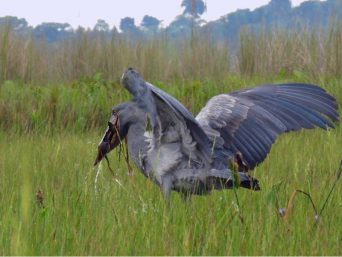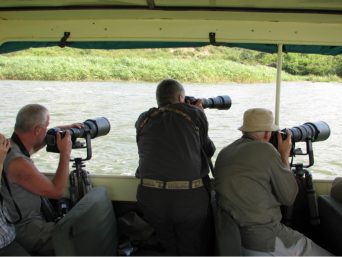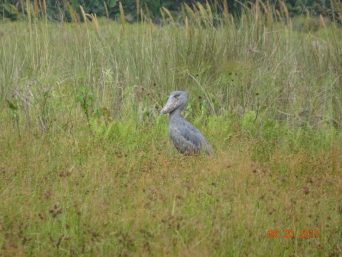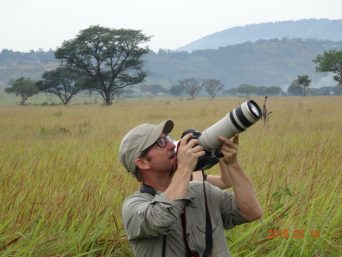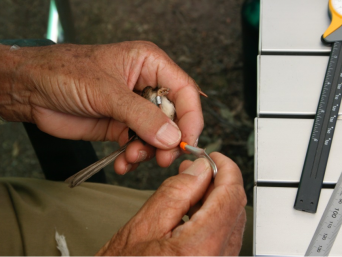18 Days Classic Birding Trip
On your arrival at Entebbe International Airport
Mabamba Bay (Shoebills)
Lake Mburo National Park to Ruhija sector of Bwindi National Park
Gorilla tracking (optional) in Bwindi Impenetrable National Park
Full day of birding in Bwindi National Park
Ruhija to Buhoma, Bwindi National Park
Full day of birding in Buhoma, Bwindi National Park.
Buhoma to Queen Elizabeth National Park
Full day in Queen Elizabeth National Park
Queen Elizabeth National Park to Kibale National Park
Full day in Kibale National Park
Kibale to Masindi
Budongo Forest
Masindi to Murchison Falls National Park
Murchison Falls National Park
Murchison Falls National Park to Kampala
Lake Victoria
Transport
We will use Toyota Land cruisers for this tour. Each vehicle has sufficient window seats for the whole group to have one, although we would ask that you rotate around the vehicle to give everyone the opportunity to have a seat towards the front of the vehicle. A good amount of our time will be spent away from the vehicles on bird walks.
There is a good amount of luggage space in the vehicles, however, it is preferable if you can bring soft-sided luggage as this is easier to pack in, and keep your packing to a sensible, practical minimum.
At Mabamba Swamp and Queen Elizabeth National Park, we will also use boats or canoes to view birds from the water. Life jackets are available and it is recommended that these are worn throughout the boat trips.
Weather
A typically equatorial climate ensures that the weather will be varied, and you are likely to encounter some rain on tour. Showers should not last too long and will not hamper the birdwatching. Days will generally be warm or hot and sunny; however, overcast conditions are frequent, particularly in the forest and mountain areas. Nights will be mild to warm, cooler at higher altitudes.
Group Size
This tour can be accompanied by an International tour leader together with a local field ornithologist, and a driver. The minimum group size is 1 pax and the maximum group size will be 14 pax. Group size determines the number of field guides leading a tour. For example, if the group size is 14 pax we 2 field guides with 2 vehicles participate in the trip. If a big group opts to travel in one vehicle, we use a mini coaster. All the two transport options are perfect for your tour.
Food & accommodation included in the package
All accommodation and meals are included in the cost of this holiday trip, drinking water will be available in the tour vehicles during the day throughout the trip. Please bring a water bottle, so that you can refill it from the larger containers.
We use a combination of comfortable lodges, tented camps, and guesthouses on this tour. Whilst standards are improving in Uganda, some of the accommodations can be quite simple in nature. All rooms are clean, however, with private facilities and should be perfectly adequate for the group’s needs. If you experience any problem with your room, please let your local guide know and they will always endeavor to rectify the problem with the lodge. A number of lodges operate generators for electricity, which are only run during the day so keeping a torch by your bedside is useful in case you need to get up at the night.
The Package Price Includes
Park entrance for vehicles and clients, Accommodation and Meals, drinking water on the road, Gorilla permits, Chimpanzee permits, Field bird guides, driver guides, Park rangers, Nature walks, boats, fuel, and Ground transport in 4WD safari vehicles.
The Package Excludes
Visas, air tickets, laundry, tips, items of a personal nature, gifts, government taxes, and other services are not mentioned on the trip.

